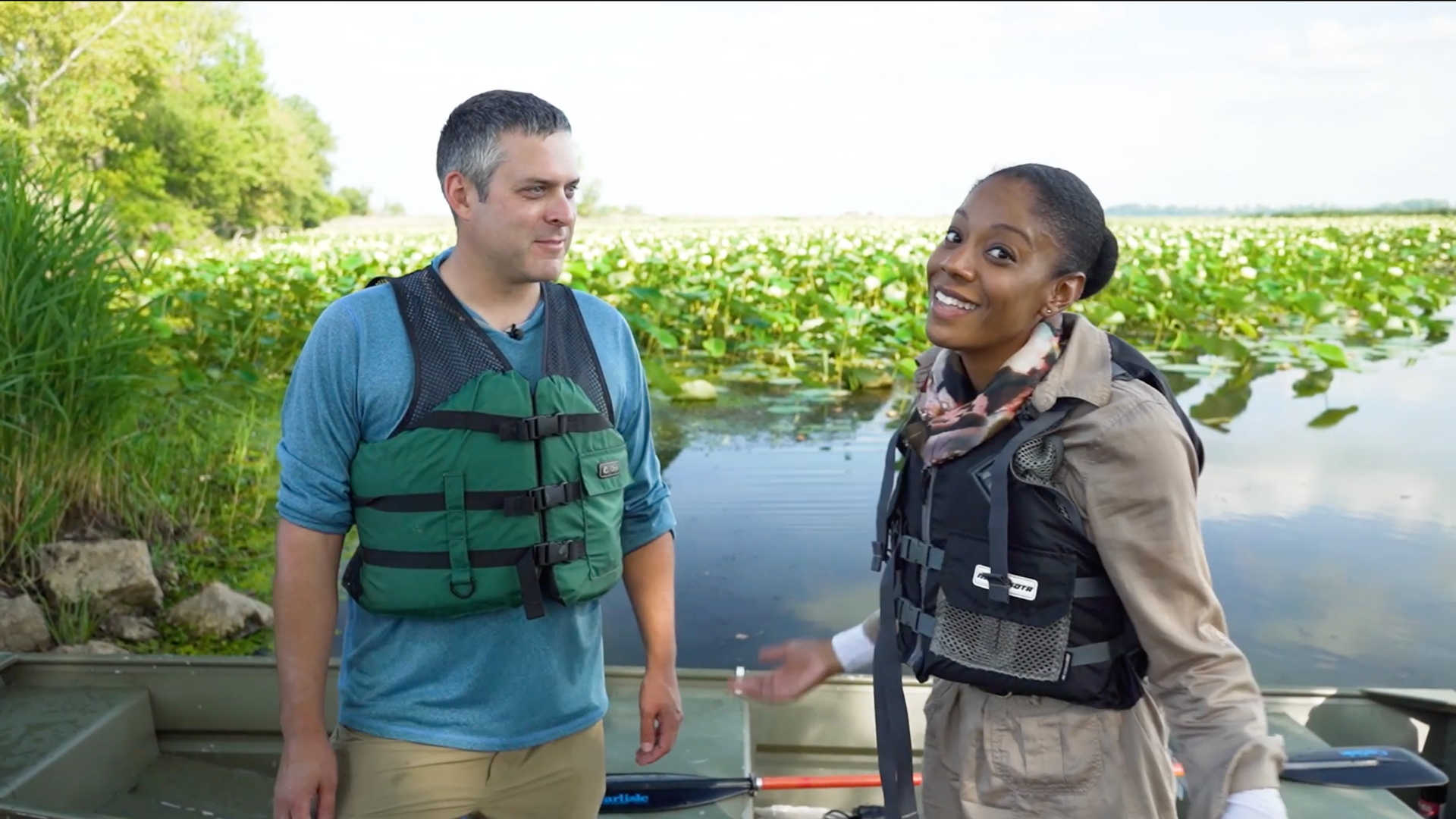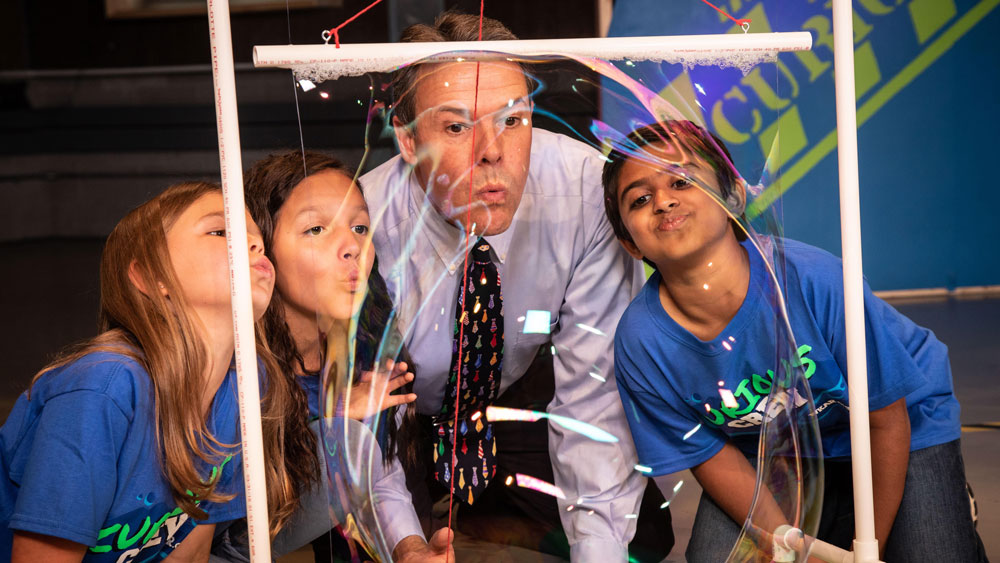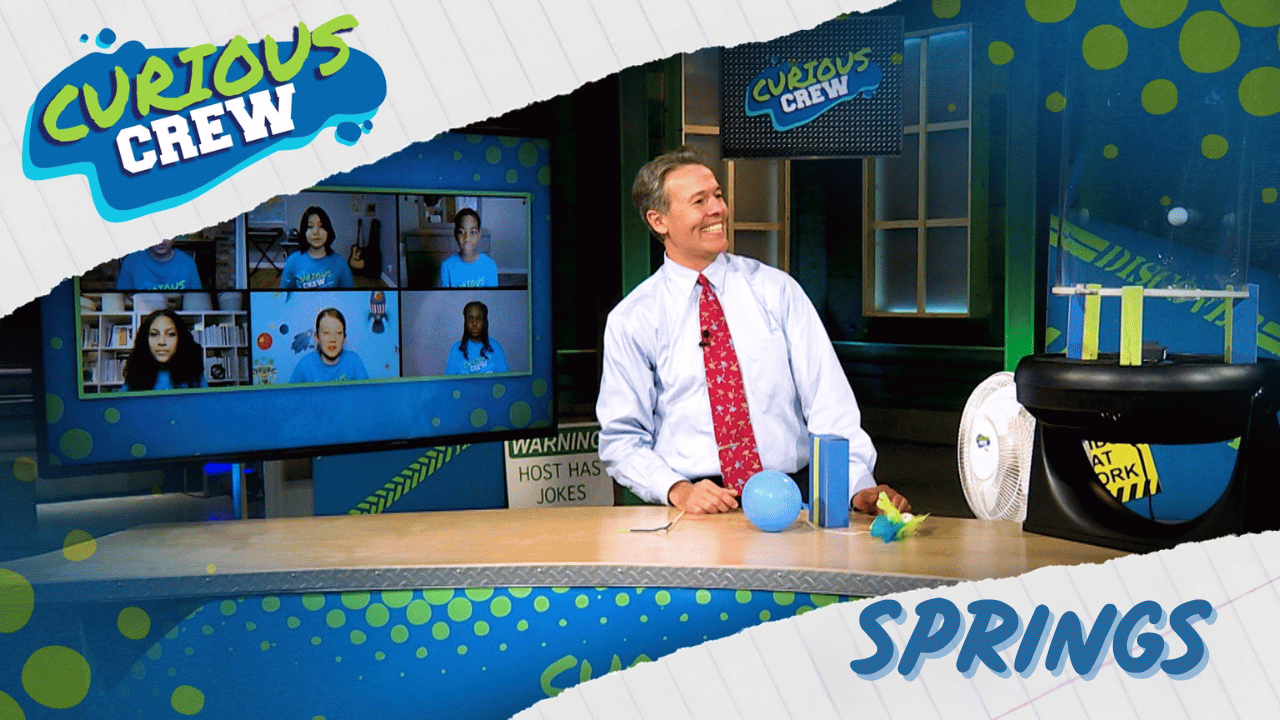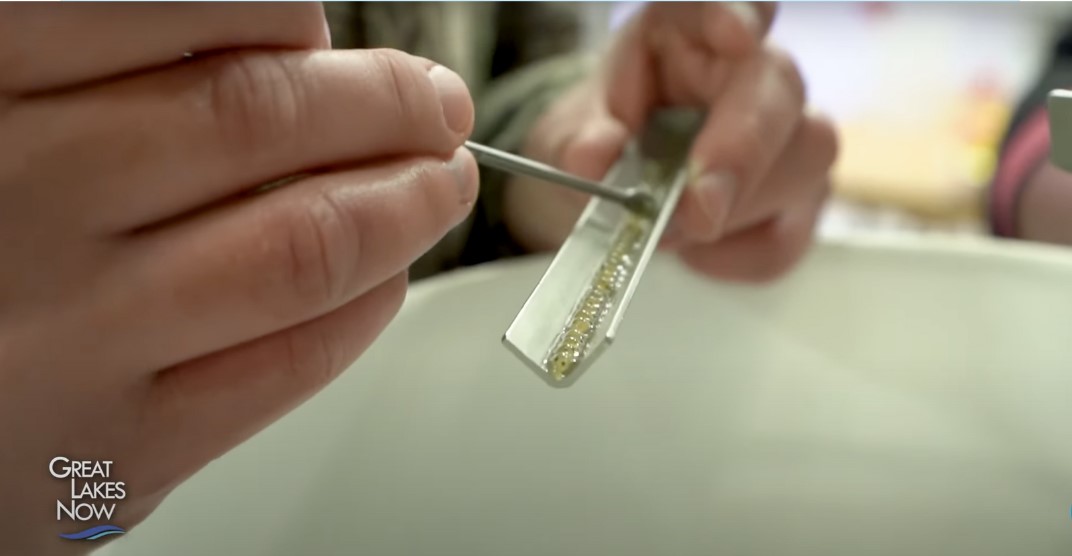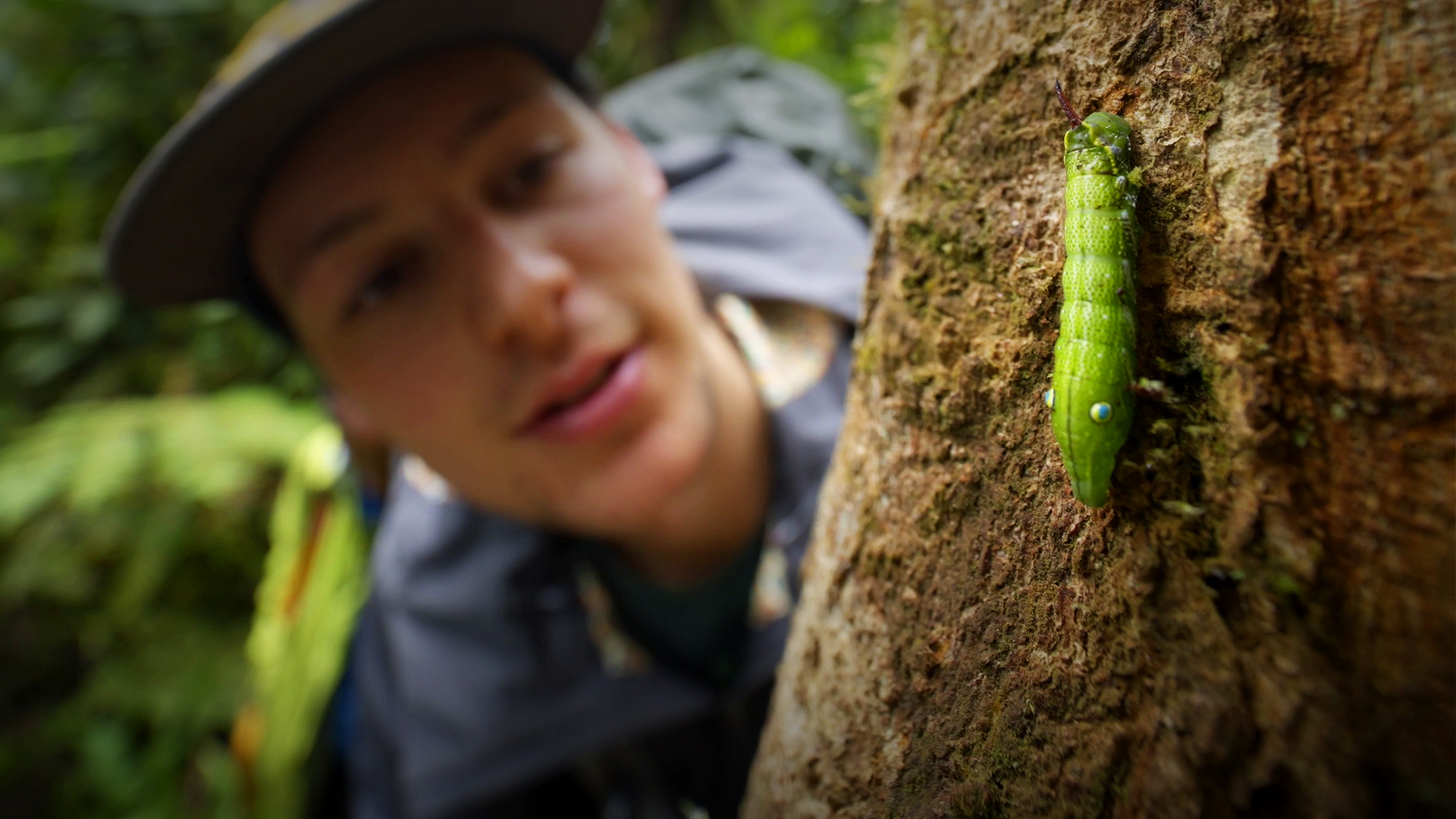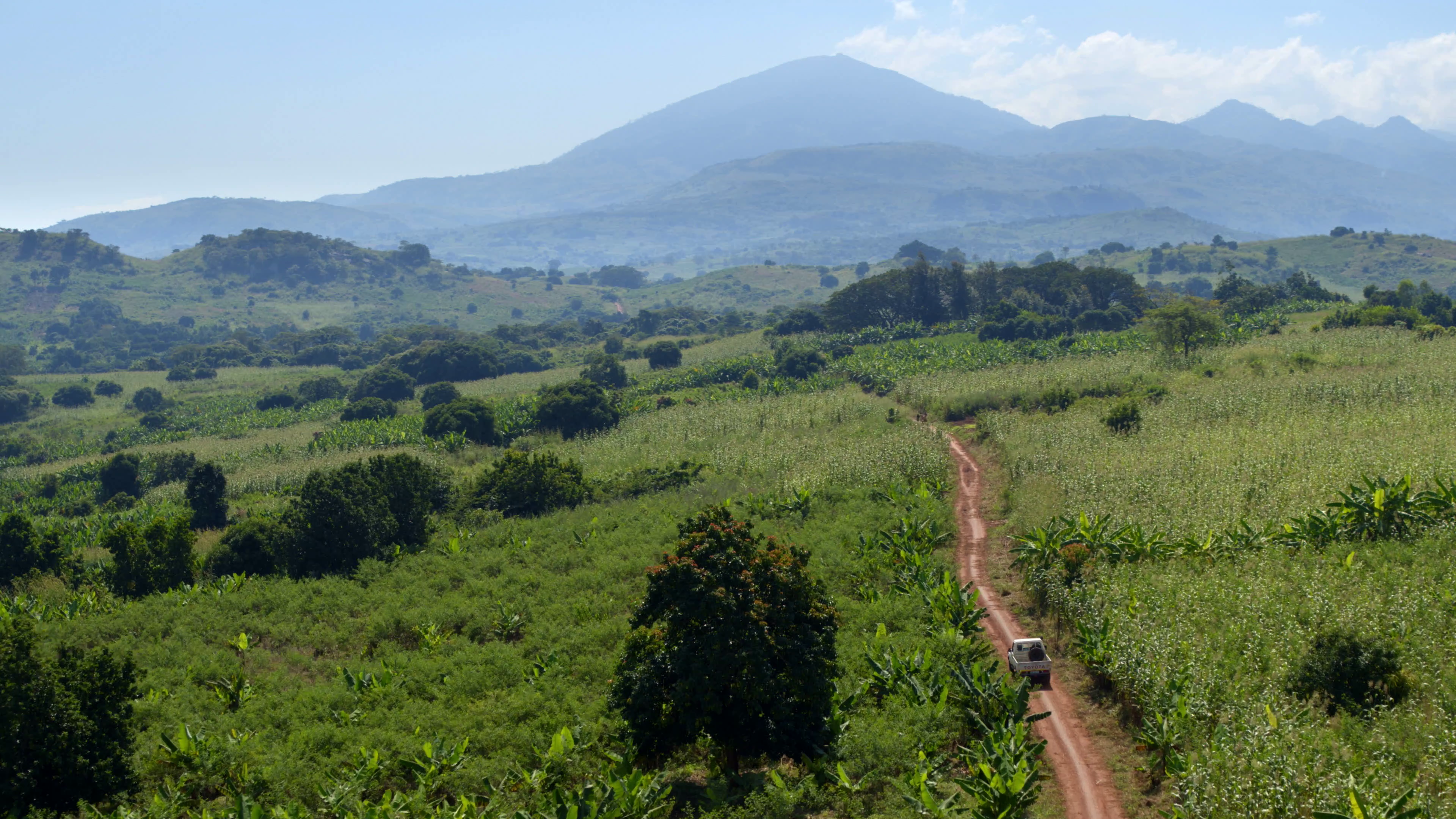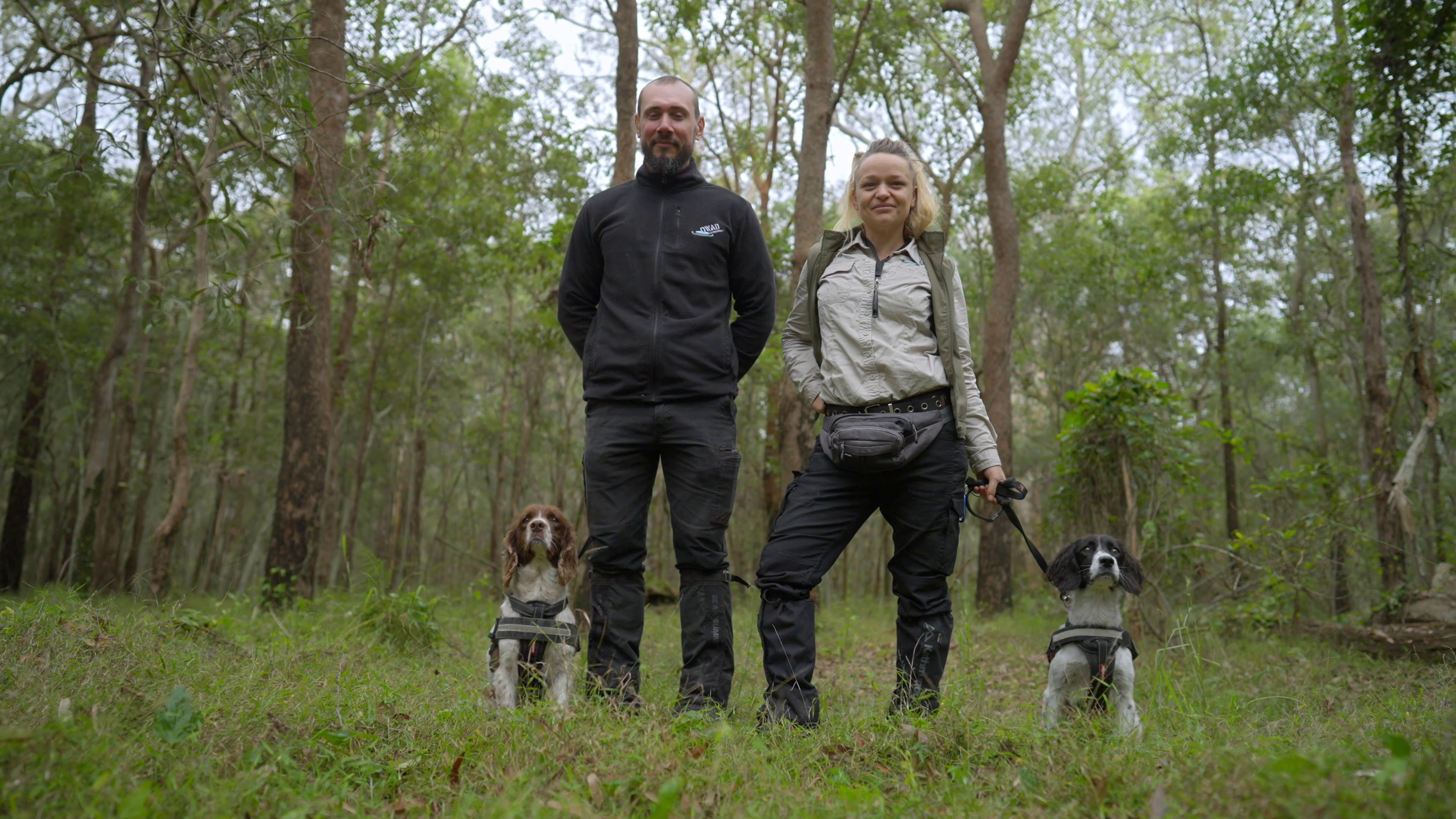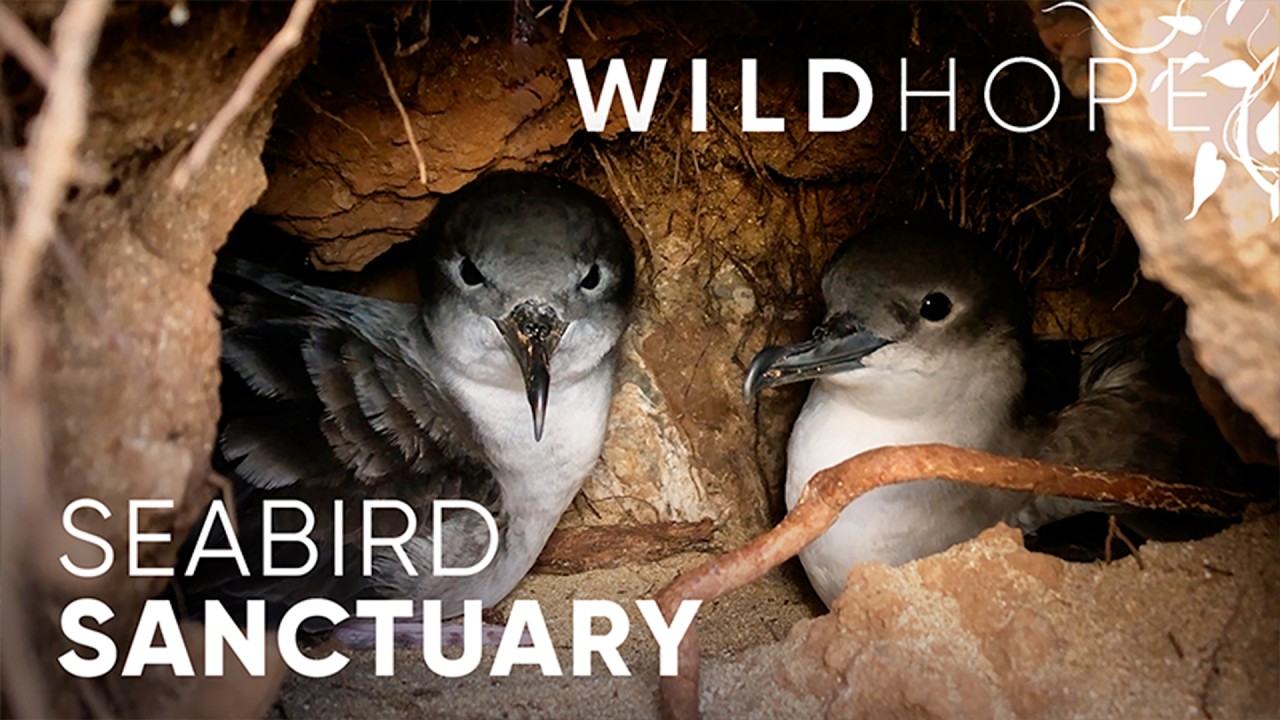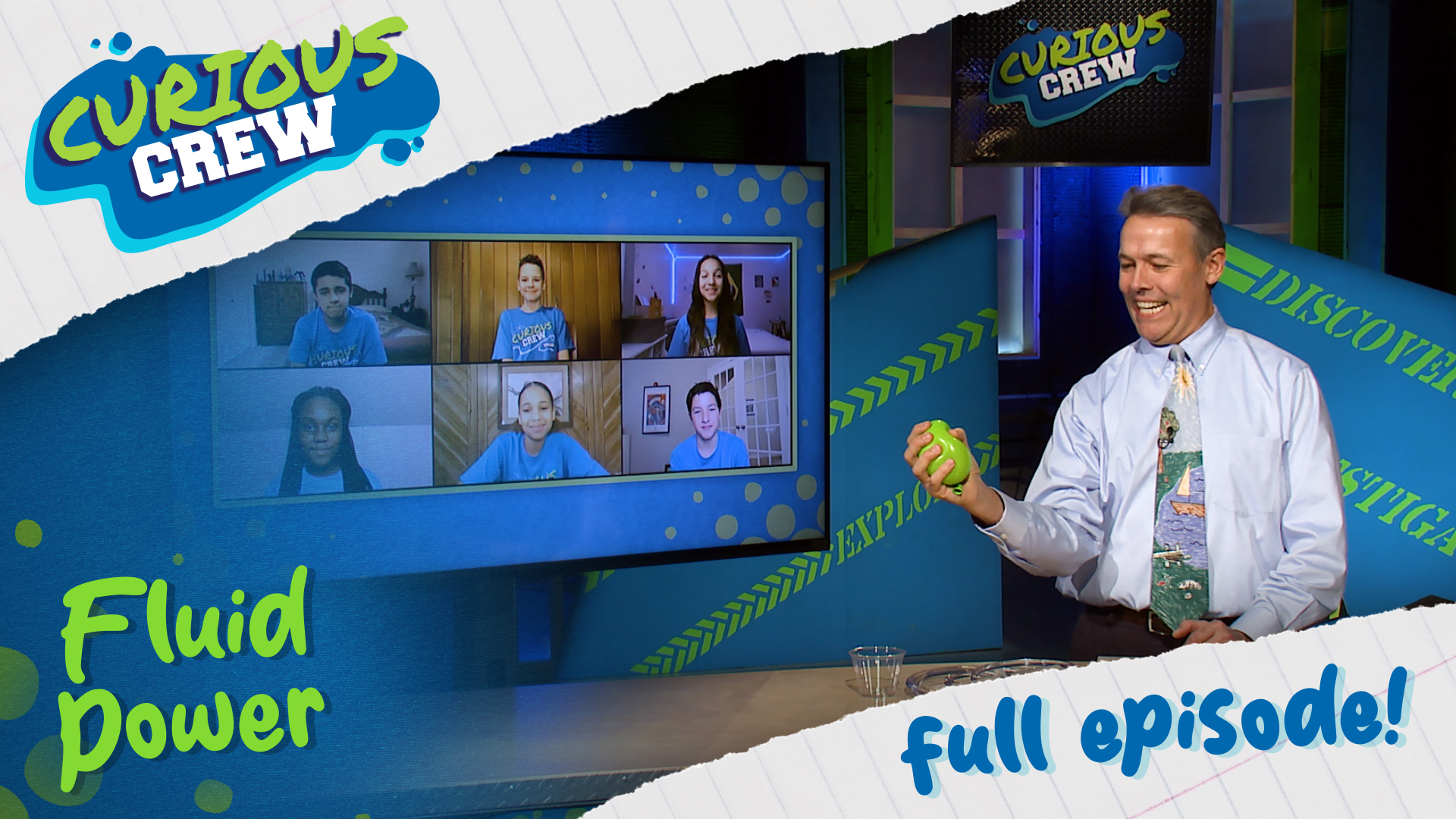Grades
Shows
What implications does A.I. have for our present and our future? Will this technology help humanity or hurt it?
Lesson 107
Enhance your writing with figurative language as we explore Michigan’s beautiful beaches and dunes.
Strengthen your reading skills while learning about the history of the Mackinac Bridge in this fun and educational episode.
Lesson 1005
From bridges to roads, rivers to lakes, trains to planes Michiganders need to get from here to there. Learn about how transportation works in Michigan.
Lesson 1003
Learn all about Michigan's climate. First, take a look at what causes lake effect snow. Then, what makes windpower work for Michigan?
Lesson 2404
The coldest and largest of the Great Lakes has been experiencing steady increases in average temperatures for a few decades, enough to give rise to concern for the lake ecosystem, the weather patterns in the surrounding area, and more.
Lesson 2405
Explore the phenomenon of whitefish population decline in the Jordan River by Green Bay, Wisconsin.
Creative writing, math, fitness, art, career exploration, and more for 6th-8th graders.
Lesson 1
Architects, restaurateurs, high school students, and scientists are joining forces to bring back a creature that fits in the palm of a hand: the oyster.
Lesson 2
Beavers are back in Britain—charming many Britons, perturbing others, and all the while stimulating a healthy debate about whether the island nation is ready to embrace a wilder future.
Lesson 3
An improbable alliance is giving a special bird—the endangered red-cockaded woodpecker—a new lease on life.
Lesson 4
Ecuador is the first country in the world to enshrine the “rights of nature” in its constitution—to establish that species other than humans have their own legal right to exist. And now this revolutionary concept is being put to the test.
Lesson 5
Recovering salmon populations are reviving a “nutrient express” from the ocean to the forest.
Lesson 6
After a long civil war that decimated Gorongosa’s wildlife, the Mozambique government and the U.S.-based Carr Foundation have worked for two decades to restore the park’s wildlife to nearly pre-war levels.
Lesson 7
The axolotl lives in only one place outside captivity: the waters of Lake Xochimilco, in Mexico City. Now, a team of scientists is working to secure its future by looking to its past.
Lesson 8
Dogs in Australia are partnering with people to save other species from grave threats to the island continent’s unique fauna.
Lesson 9
Mary Reynolds of Ireland is building a movement to turn gardeners into guardians of the planet by returning our own patch of land to nature, and by restoring hope that individual action can create lasting change.
Lesson 10
As urban expansion quickly replaces natural habitats, façade engineer Alistair Law has discovered a new way to restore native ecosystems for pollinators and create natural spaces for us all within cities.
Lesson 11
A wildlife biologist puts an ambitious plan in motion to save two uniquely American reptiles — the eastern indigo snake and the gopher tortoise — and the longleaf pine forest they call home.
Lesson 12
Three species of sea turtles nesting in southeast Florida face a range of manmade threats.
Lesson 13
For years, Derek Gow worked his 400-acres in western England as a conventional sheep and cattle farm. Now, he’s using his experience with British rewilding projects to return his land to what it once was: a healthy, biodiverse ecosystem.
Lesson 14
Florida’s Crystal River has long been a safe haven for the Florida manatee, but when an invasive algae wiped out the eel grass that manatees need for food, the community rallied to restore the river and save the animals that call it home.
Lesson 15
Coral reefs around the world are threatened by rising ocean temperatures, but hope is growing off the coast of Hawaii. There, researchers at the Coral Resilience Lab selectively breed corals to withstand ever-increasing amounts of heat stress.
Lesson 16
All around the world, seabirds provide a critical link between land and sea. On Hawai’i, ecologists are working to protect two vital shearwater species that helped life first take hold across these islands.
Lesson 17
A local team is removing invasive predators, restoring habitats, and battling mosquito-borne diseases to protect honeycreepers from their latest threat: avian malaria.
Lesson 18
In the middle of Rio de Janeiro sits the world’s largest urban rainforest: Tijuca National park. To combat a century of deforestation and hunting, a team of researchers are repairing the forest’s forgotten web of life, one species at a time.
Lesson 19
Using innovative technology and breakthrough genetics, researchers have ignited a cadre of solutions to save rare and cherished species of frogs.
Lesson 11
A wildlife biologist puts an ambitious plan in motion to save two uniquely American reptiles — the eastern indigo snake and the gopher tortoise — and the longleaf pine forest they call home.
Lesson 12
Three species of sea turtles nesting in southeast Florida face a range of manmade threats.
Lesson 13
For years, Derek Gow worked his 400-acres in western England as a conventional sheep and cattle farm. Now, he’s using his experience with British rewilding projects to return his land to what it once was: a healthy, biodiverse ecosystem.
Lesson 14
Florida’s Crystal River has long been a safe haven for the Florida manatee, but when an invasive algae wiped out the eel grass that manatees need for food, the community rallied to restore the river and save the animals that call it home.
Lesson 15
Coral reefs around the world are threatened by rising ocean temperatures, but hope is growing off the coast of Hawaii. There, researchers at the Coral Resilience Lab selectively breed corals to withstand ever-increasing amounts of heat stress.
Lesson 16
All around the world, seabirds provide a critical link between land and sea. On Hawai’i, ecologists are working to protect two vital shearwater species that helped life first take hold across these islands.
Lesson 17
A local team is removing invasive predators, restoring habitats, and battling mosquito-borne diseases to protect honeycreepers from their latest threat: avian malaria.
Lesson 18
In the middle of Rio de Janeiro sits the world’s largest urban rainforest: Tijuca National park. To combat a century of deforestation and hunting, a team of researchers are repairing the forest’s forgotten web of life, one species at a time.
Lesson 19
Using innovative technology and breakthrough genetics, researchers have ignited a cadre of solutions to save rare and cherished species of frogs.
Grades
What implications does A.I. have for our present and our future? Will this technology help humanity or hurt it?
Lesson 107
Enhance your writing with figurative language as we explore Michigan’s beautiful beaches and dunes.
Strengthen your reading skills while learning about the history of the Mackinac Bridge in this fun and educational episode.
Lesson 1005
From bridges to roads, rivers to lakes, trains to planes Michiganders need to get from here to there. Learn about how transportation works in Michigan.
Lesson 1003
Learn all about Michigan's climate. First, take a look at what causes lake effect snow. Then, what makes windpower work for Michigan?
Lesson 2404
The coldest and largest of the Great Lakes has been experiencing steady increases in average temperatures for a few decades, enough to give rise to concern for the lake ecosystem, the weather patterns in the surrounding area, and more.
Lesson 2405
Explore the phenomenon of whitefish population decline in the Jordan River by Green Bay, Wisconsin.
Creative writing, math, fitness, art, career exploration, and more for 6th-8th graders.
Lesson 1
Architects, restaurateurs, high school students, and scientists are joining forces to bring back a creature that fits in the palm of a hand: the oyster.
Lesson 2
Beavers are back in Britain—charming many Britons, perturbing others, and all the while stimulating a healthy debate about whether the island nation is ready to embrace a wilder future.
Lesson 3
An improbable alliance is giving a special bird—the endangered red-cockaded woodpecker—a new lease on life.
Lesson 4
Ecuador is the first country in the world to enshrine the “rights of nature” in its constitution—to establish that species other than humans have their own legal right to exist. And now this revolutionary concept is being put to the test.
Lesson 5
Recovering salmon populations are reviving a “nutrient express” from the ocean to the forest.
Lesson 6
After a long civil war that decimated Gorongosa’s wildlife, the Mozambique government and the U.S.-based Carr Foundation have worked for two decades to restore the park’s wildlife to nearly pre-war levels.
Lesson 7
The axolotl lives in only one place outside captivity: the waters of Lake Xochimilco, in Mexico City. Now, a team of scientists is working to secure its future by looking to its past.
Lesson 8
Dogs in Australia are partnering with people to save other species from grave threats to the island continent’s unique fauna.
Lesson 9
Mary Reynolds of Ireland is building a movement to turn gardeners into guardians of the planet by returning our own patch of land to nature, and by restoring hope that individual action can create lasting change.
Lesson 10
As urban expansion quickly replaces natural habitats, façade engineer Alistair Law has discovered a new way to restore native ecosystems for pollinators and create natural spaces for us all within cities.
Lesson 11
A wildlife biologist puts an ambitious plan in motion to save two uniquely American reptiles — the eastern indigo snake and the gopher tortoise — and the longleaf pine forest they call home.
Lesson 12
Three species of sea turtles nesting in southeast Florida face a range of manmade threats.
Lesson 13
For years, Derek Gow worked his 400-acres in western England as a conventional sheep and cattle farm. Now, he’s using his experience with British rewilding projects to return his land to what it once was: a healthy, biodiverse ecosystem.
Lesson 14
Florida’s Crystal River has long been a safe haven for the Florida manatee, but when an invasive algae wiped out the eel grass that manatees need for food, the community rallied to restore the river and save the animals that call it home.
Lesson 15
Coral reefs around the world are threatened by rising ocean temperatures, but hope is growing off the coast of Hawaii. There, researchers at the Coral Resilience Lab selectively breed corals to withstand ever-increasing amounts of heat stress.
Lesson 16
All around the world, seabirds provide a critical link between land and sea. On Hawai’i, ecologists are working to protect two vital shearwater species that helped life first take hold across these islands.
Lesson 17
A local team is removing invasive predators, restoring habitats, and battling mosquito-borne diseases to protect honeycreepers from their latest threat: avian malaria.
Lesson 18
In the middle of Rio de Janeiro sits the world’s largest urban rainforest: Tijuca National park. To combat a century of deforestation and hunting, a team of researchers are repairing the forest’s forgotten web of life, one species at a time.
Lesson 19
Using innovative technology and breakthrough genetics, researchers have ignited a cadre of solutions to save rare and cherished species of frogs.
Lesson 11
A wildlife biologist puts an ambitious plan in motion to save two uniquely American reptiles — the eastern indigo snake and the gopher tortoise — and the longleaf pine forest they call home.
Lesson 12
Three species of sea turtles nesting in southeast Florida face a range of manmade threats.
Lesson 13
For years, Derek Gow worked his 400-acres in western England as a conventional sheep and cattle farm. Now, he’s using his experience with British rewilding projects to return his land to what it once was: a healthy, biodiverse ecosystem.
Lesson 14
Florida’s Crystal River has long been a safe haven for the Florida manatee, but when an invasive algae wiped out the eel grass that manatees need for food, the community rallied to restore the river and save the animals that call it home.
Lesson 15
Coral reefs around the world are threatened by rising ocean temperatures, but hope is growing off the coast of Hawaii. There, researchers at the Coral Resilience Lab selectively breed corals to withstand ever-increasing amounts of heat stress.
Lesson 16
All around the world, seabirds provide a critical link between land and sea. On Hawai’i, ecologists are working to protect two vital shearwater species that helped life first take hold across these islands.
Lesson 17
A local team is removing invasive predators, restoring habitats, and battling mosquito-borne diseases to protect honeycreepers from their latest threat: avian malaria.
Lesson 18
In the middle of Rio de Janeiro sits the world’s largest urban rainforest: Tijuca National park. To combat a century of deforestation and hunting, a team of researchers are repairing the forest’s forgotten web of life, one species at a time.
Lesson 19
Using innovative technology and breakthrough genetics, researchers have ignited a cadre of solutions to save rare and cherished species of frogs.






